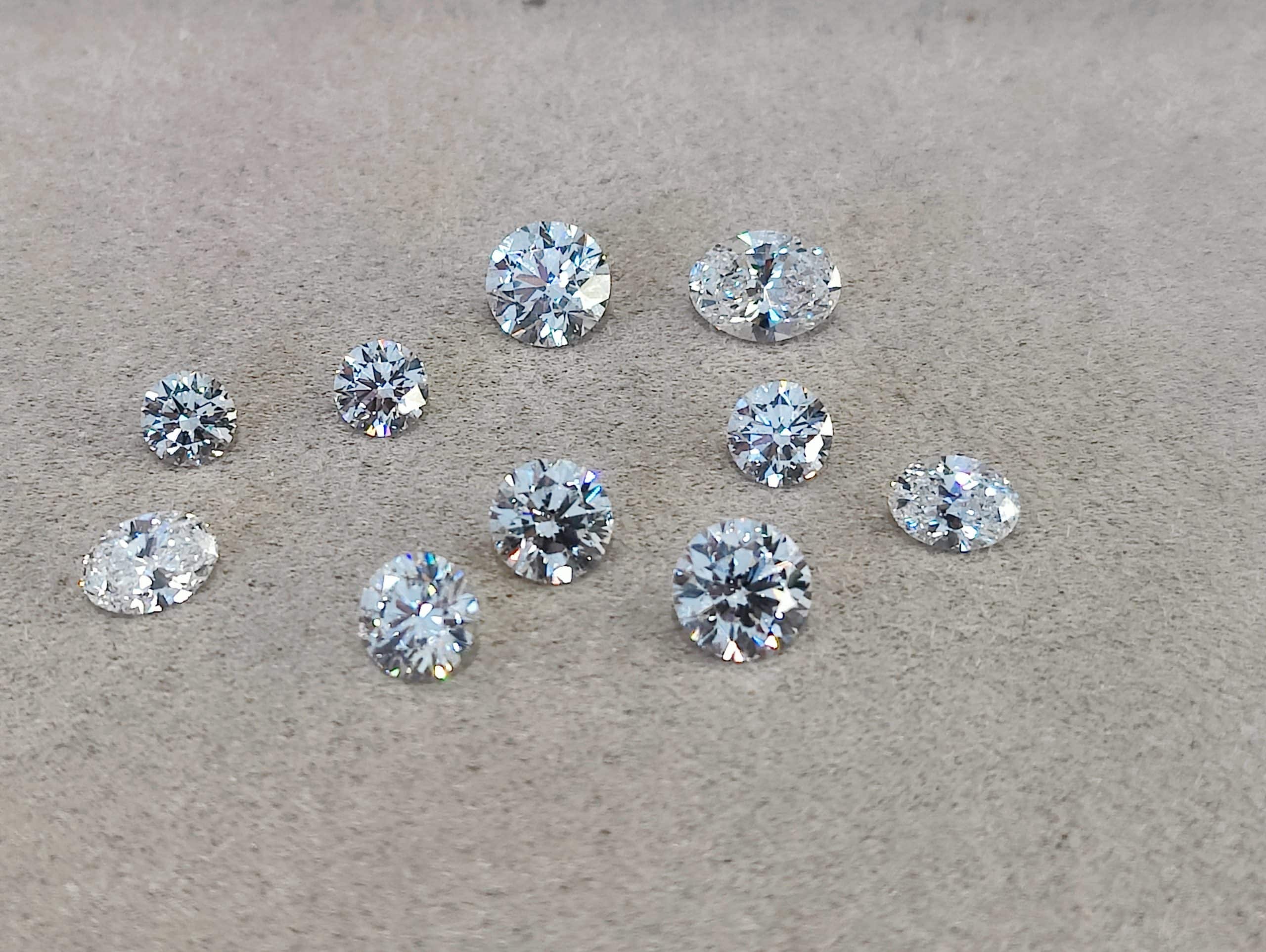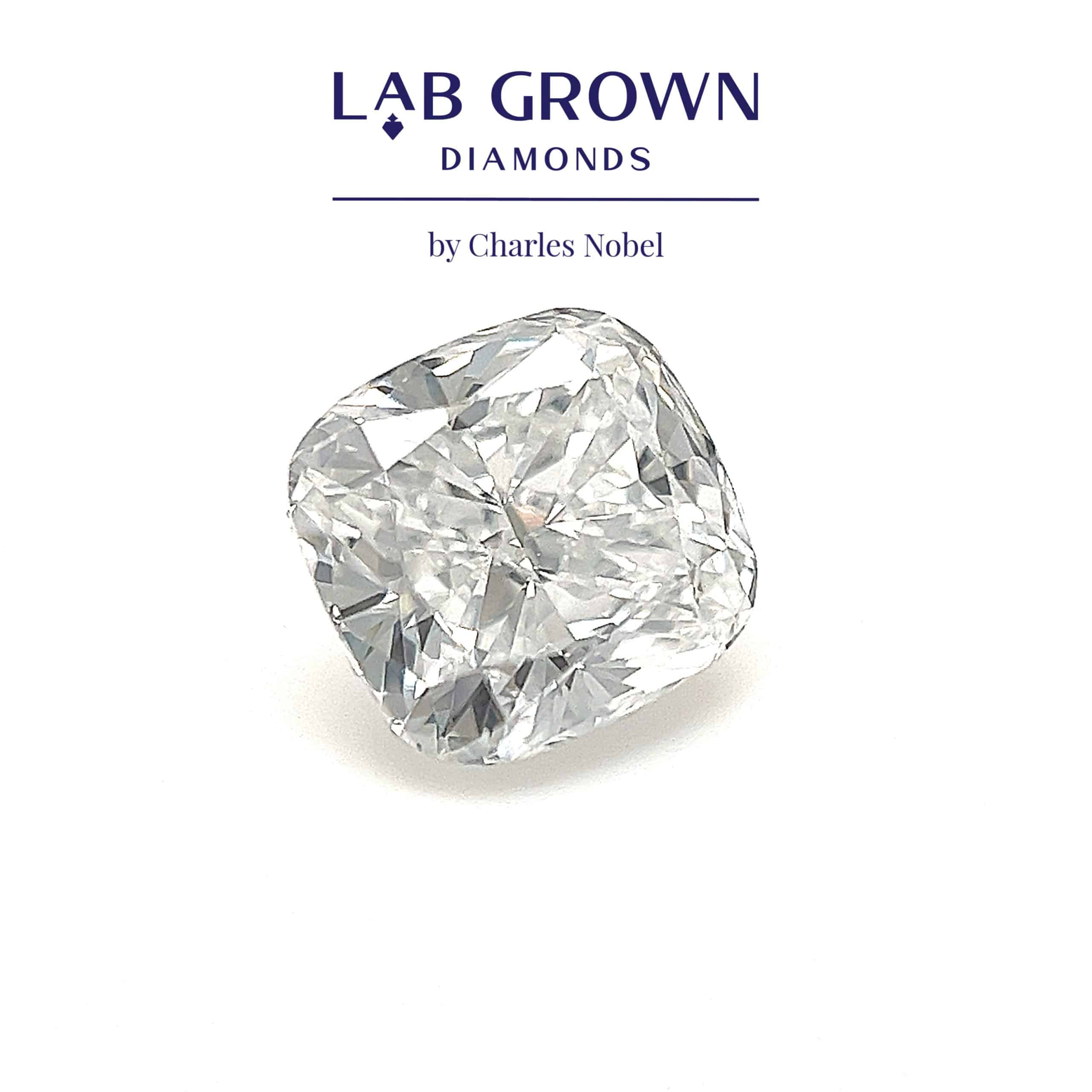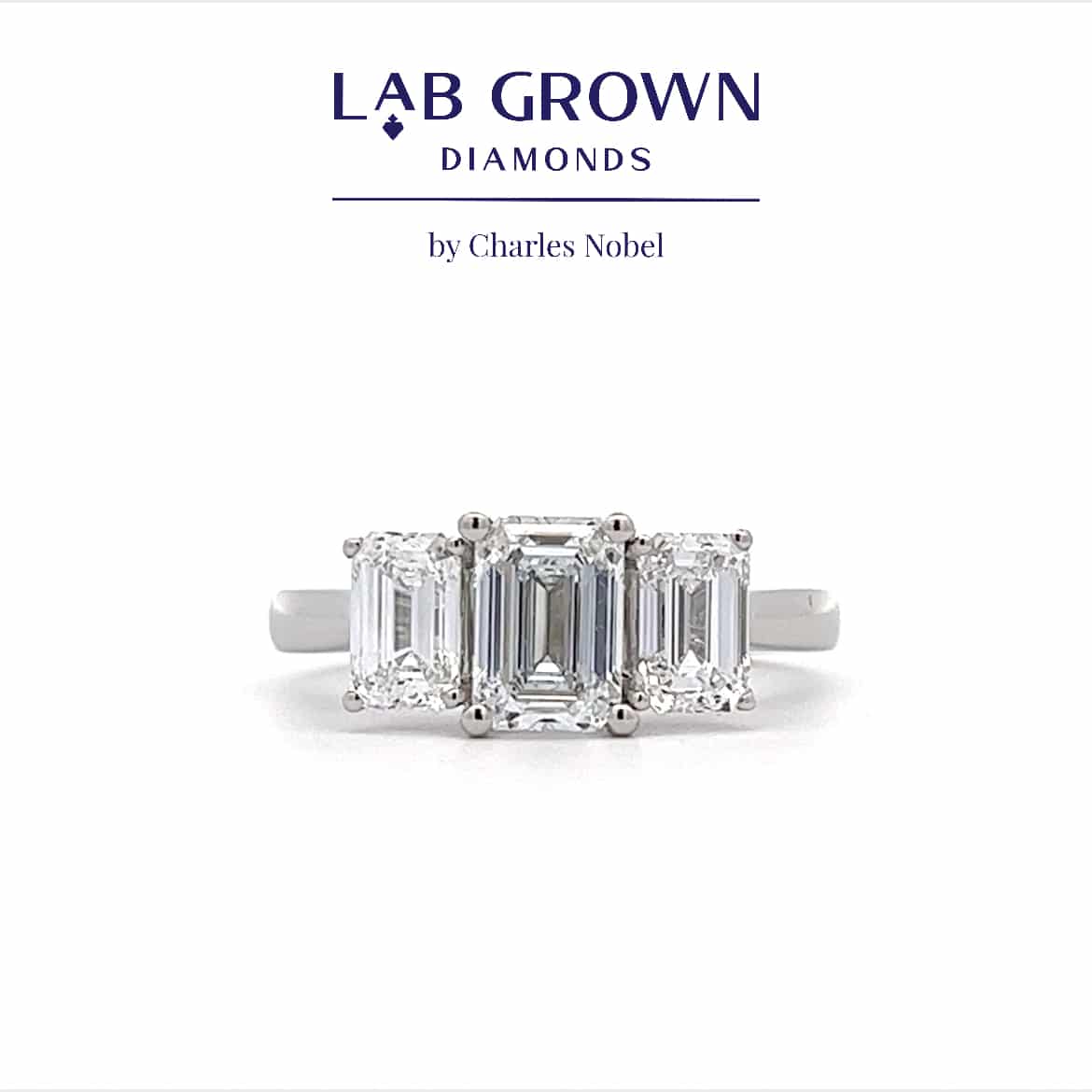
October 29, 2022
By using a controlled environment and sophisticated technology, we are now able to replicate the natural process of diamonds forming and create our own in labs, which are both chemically and physically diamonds and look identical to the real thing.
Ever since it was discovered in the late 1700’s that diamonds were pure carbon scientists have attempted to “create” diamonds in their own laboratories. In the 1950’s, General Electric (GE) in America was the first company to successfully grow lab grown diamonds (LGD) during what they called “Project Superpressure.”
However, these diamonds were very small in size and contained brown or yellow chips. In the 1970’s the growing of diamonds became much easier as replicating the method used became more advanced, although the crystals were very yellow due to the presence of nitrogen used in the process.
Since then, the techniques and processes have become far more refined to the point at which large enough pieces of rough diamond have been produced to be able to cut and polish them into marketable stones. These lab grown diamonds are now so close to their natural counterpart that they cannot be told apart by the naked eye.

There are two core growing methods that attempt to replicate what happens beneath the Earth’s surface over millions of years. It takes around 3-4 weeks to grow a rough lab grown diamond that weighs enough to cut and polish a 1ct round stone.
Around 80% of the stones are dark in colour and need to be treated to make them whiter. Some of the diamonds can also exhibit phosphorescence which means they continue to glow for a short time after being exposed to UV light. It can sometimes be the case that when these stones are exposed to heat their colour can change, but this is non-permanent.
A high carbon material such as graphite is added to a molten metal liquid and as the carbon material moves towards the diamond seed it starts to crystallise and form a rough diamond. Only a very small percentage of HPHT diamonds exhibit phosphorescence and they rarely need colour treating.

When comparing any lab grown and natural diamond, they are virtually the same. Both have the same cubic crystalline structure and they both have the same hardness and optical properties as each other. It is only by using highly sophisticated detection machines that one can tell whether a stone is natural or lab grown.
Once a LGD has been produced it goes through exactly the same process of cutting and polishing as a natural stone does. It has been suggested that LGDs are more environmentally friendly than natural stones as they do not need to be mined. However LGDs require very large amounts of energy to produce, they still require the use of chemical and metal materials to make them, and they are still transported all over the world just like natural stones. Therefore, both types of stone make an environmental mark.
We have been watching the space and progress of lab grown diamonds for a while now, and have collected an extraordinary range of rings, earrings, necklaces and more which feature these incredible new types of stone. Discover our Lab Grown Diamond Collection to find a piece that’s perfect for you.
Our expert craftsman also offer a Tailor Made Service where you can create a unique and bespoke piece of jewellery that features a lab grown diamond as well as whatever style and design that suits you.
“Piers recently made my wife's engagement ring. He did an exceptional job, it was far better than she ever hoped. Mandy says "Piers you are a Superstar!”
ALAN JARVIS, GOOGLE REVIEW